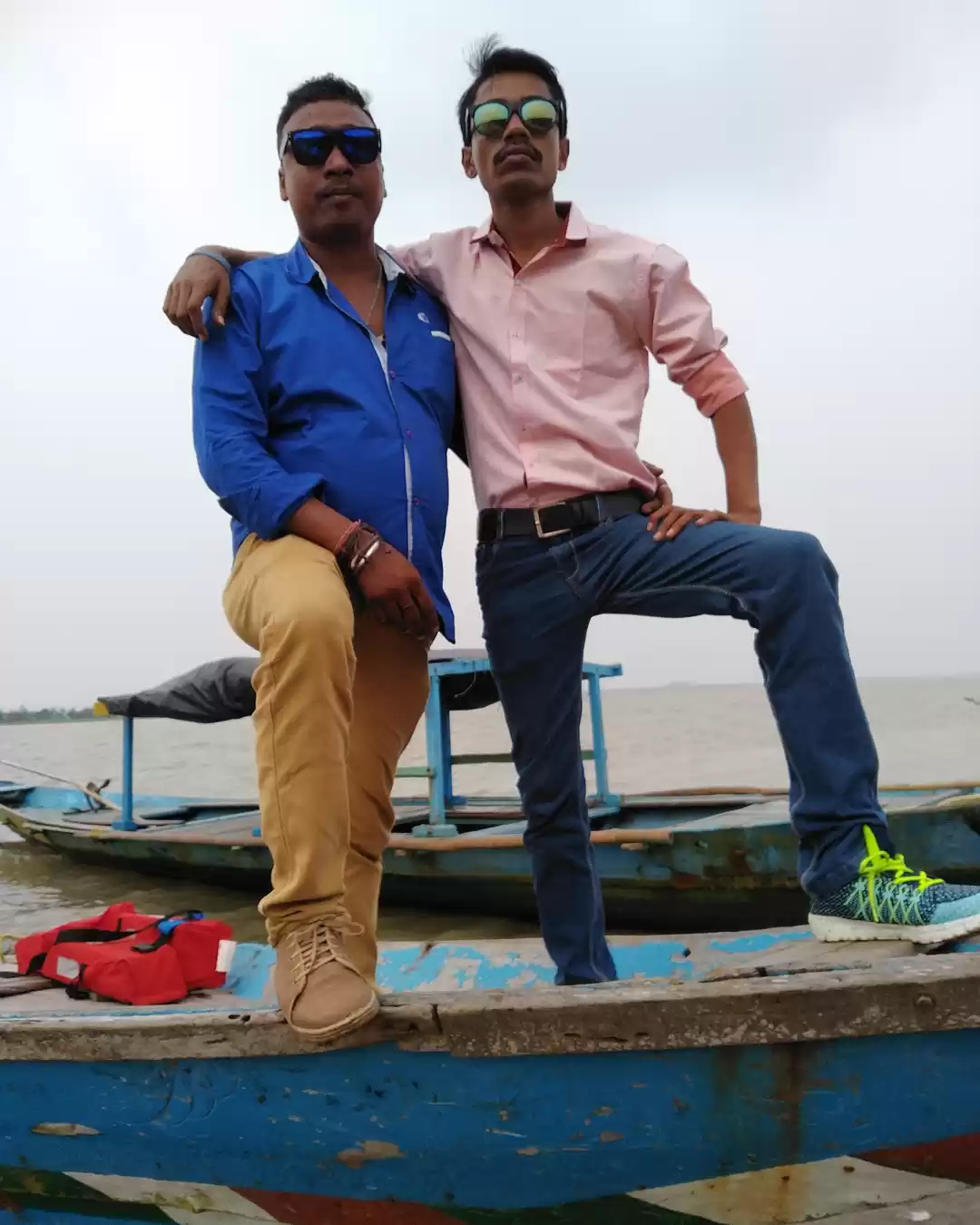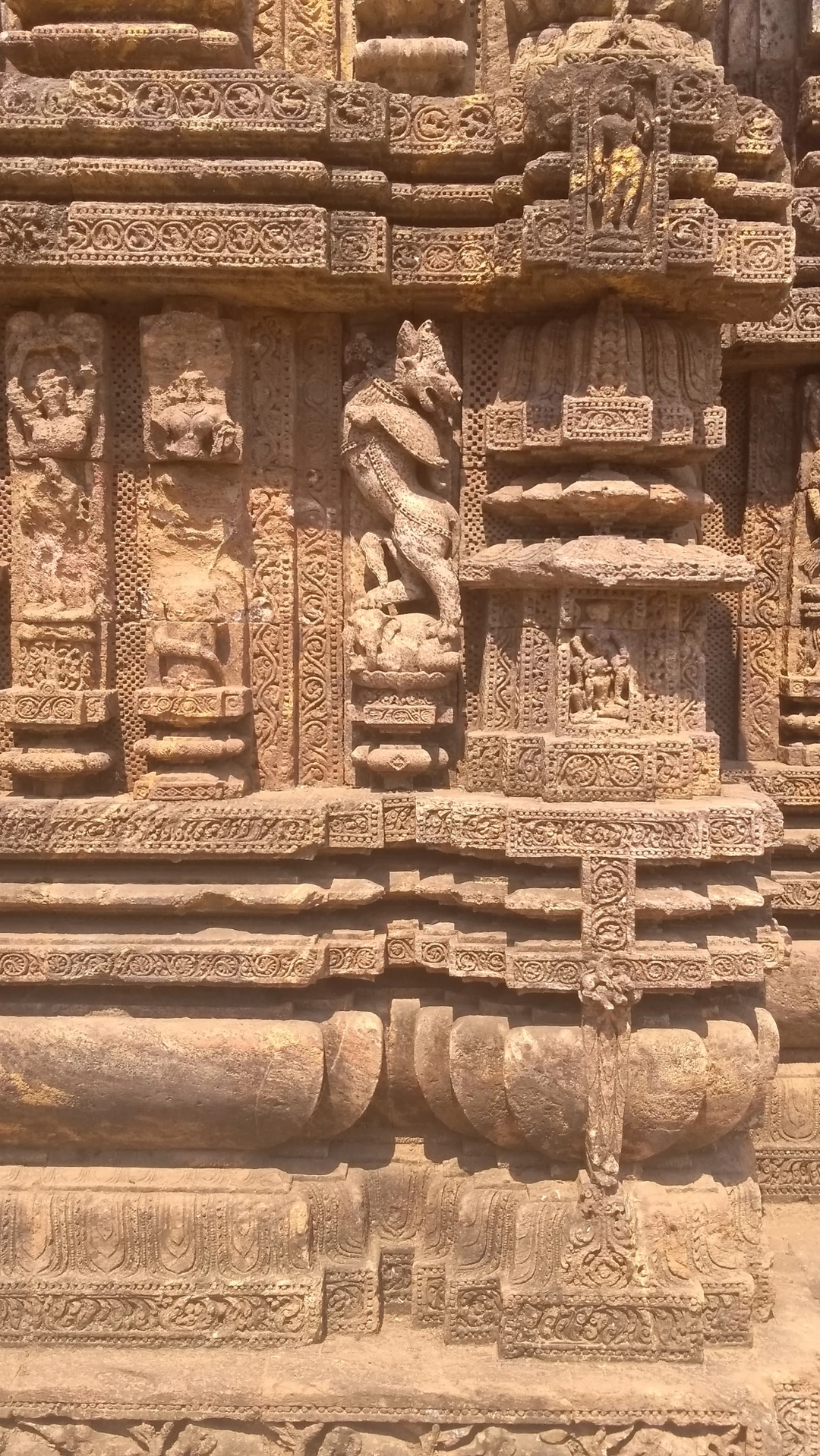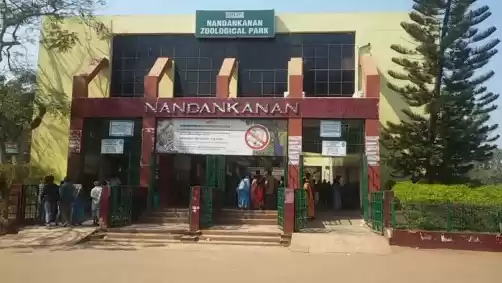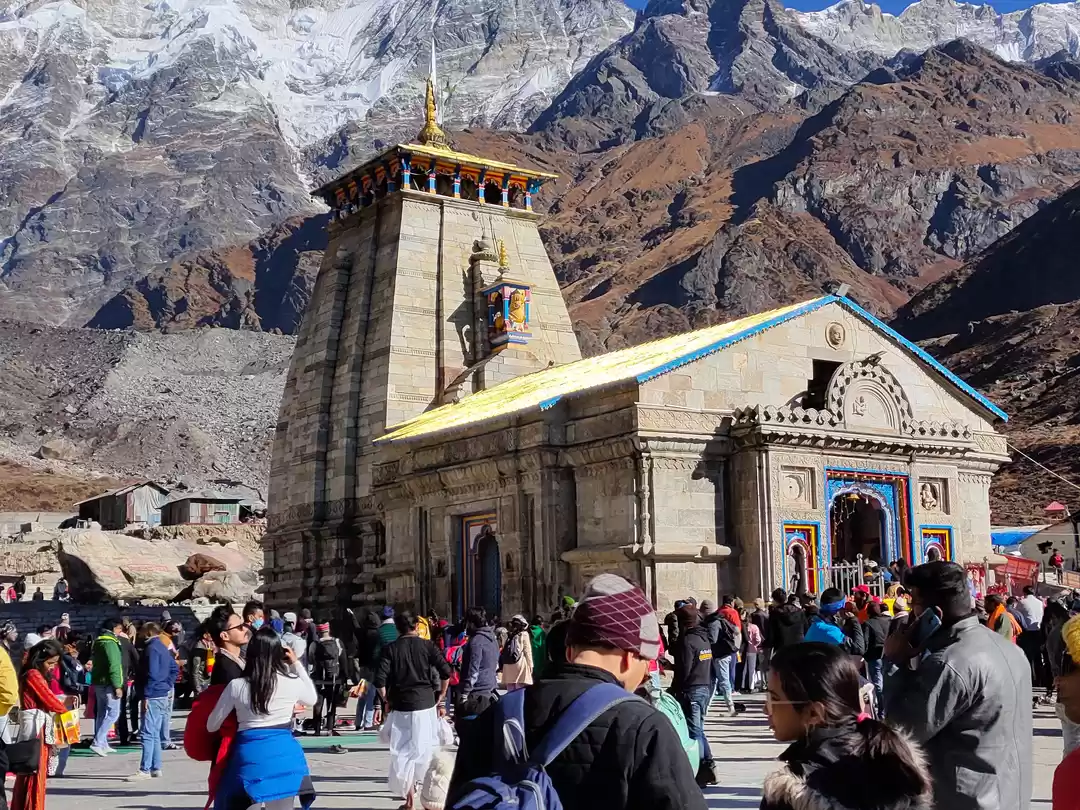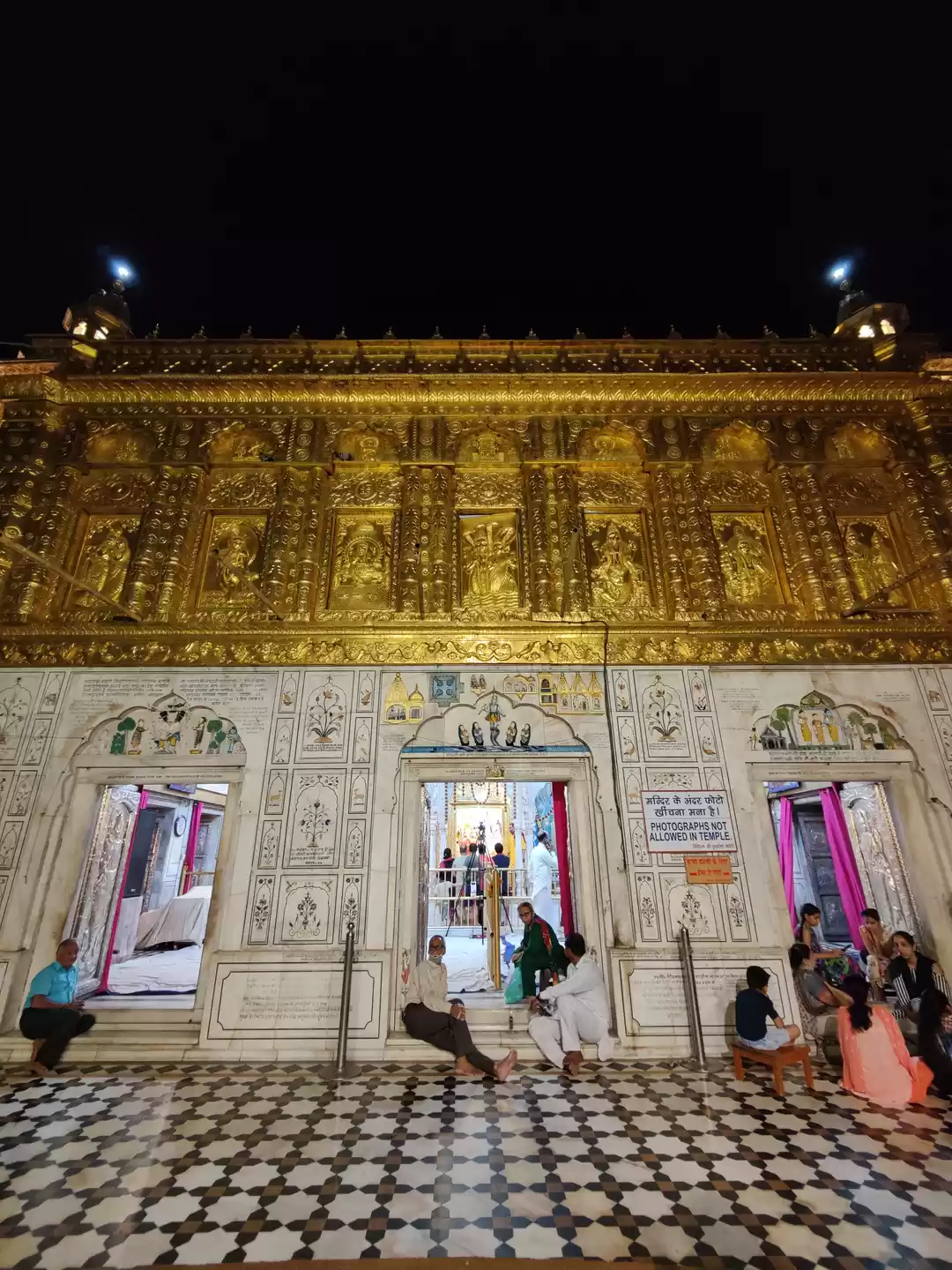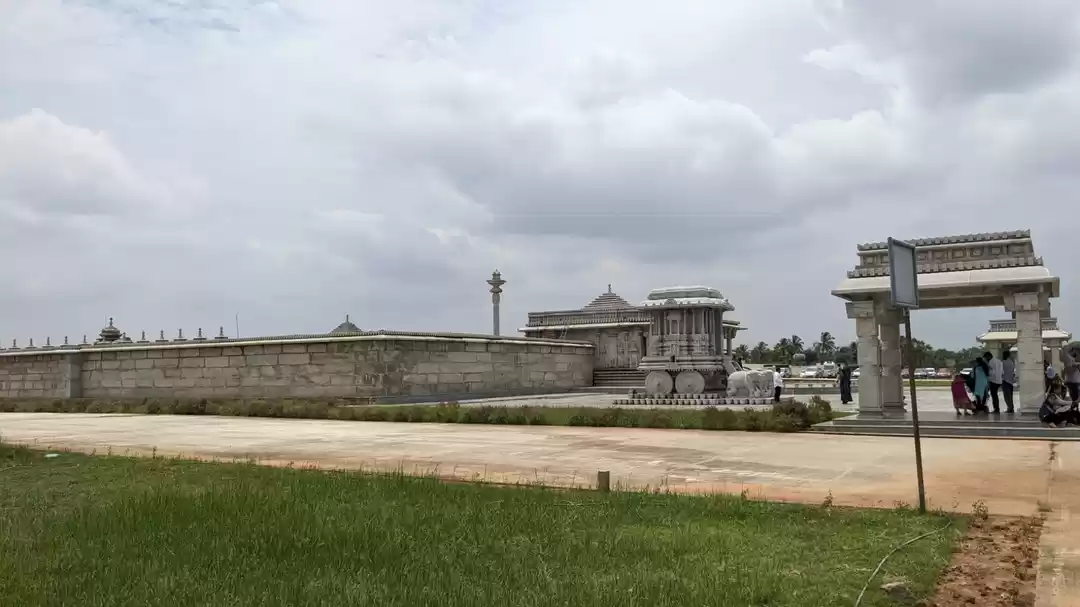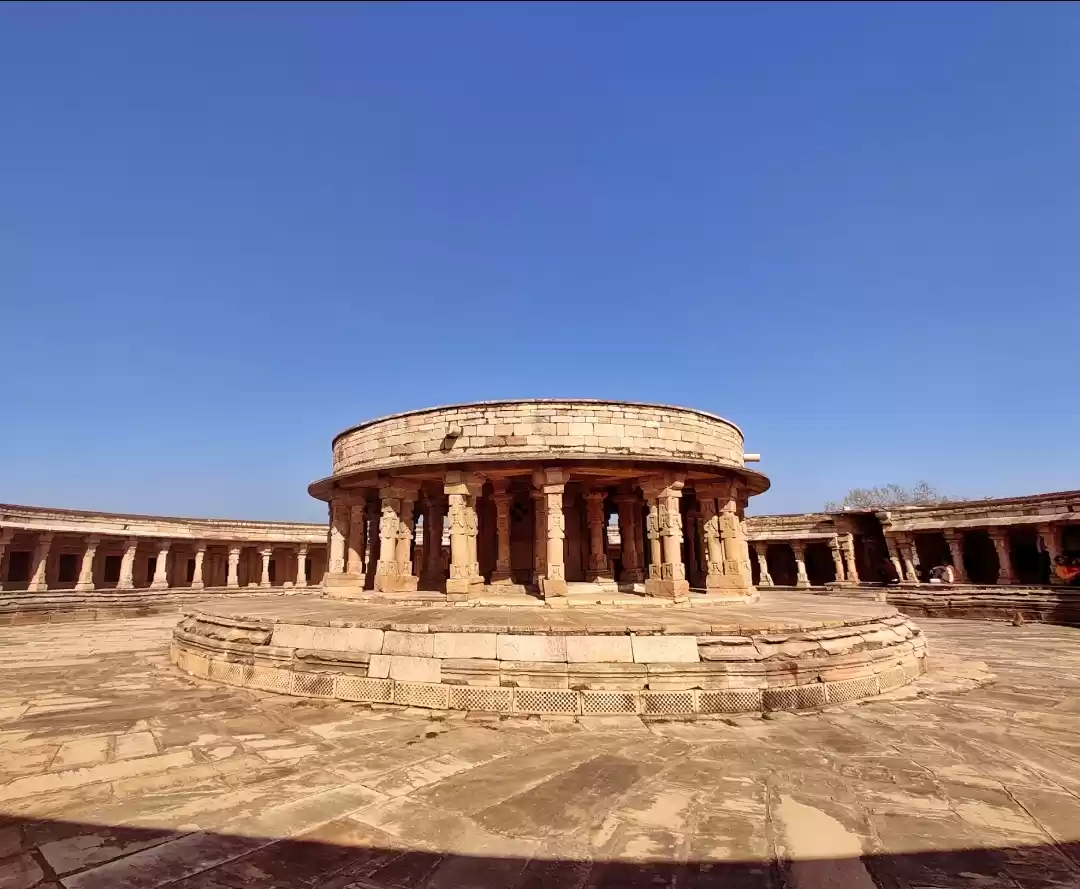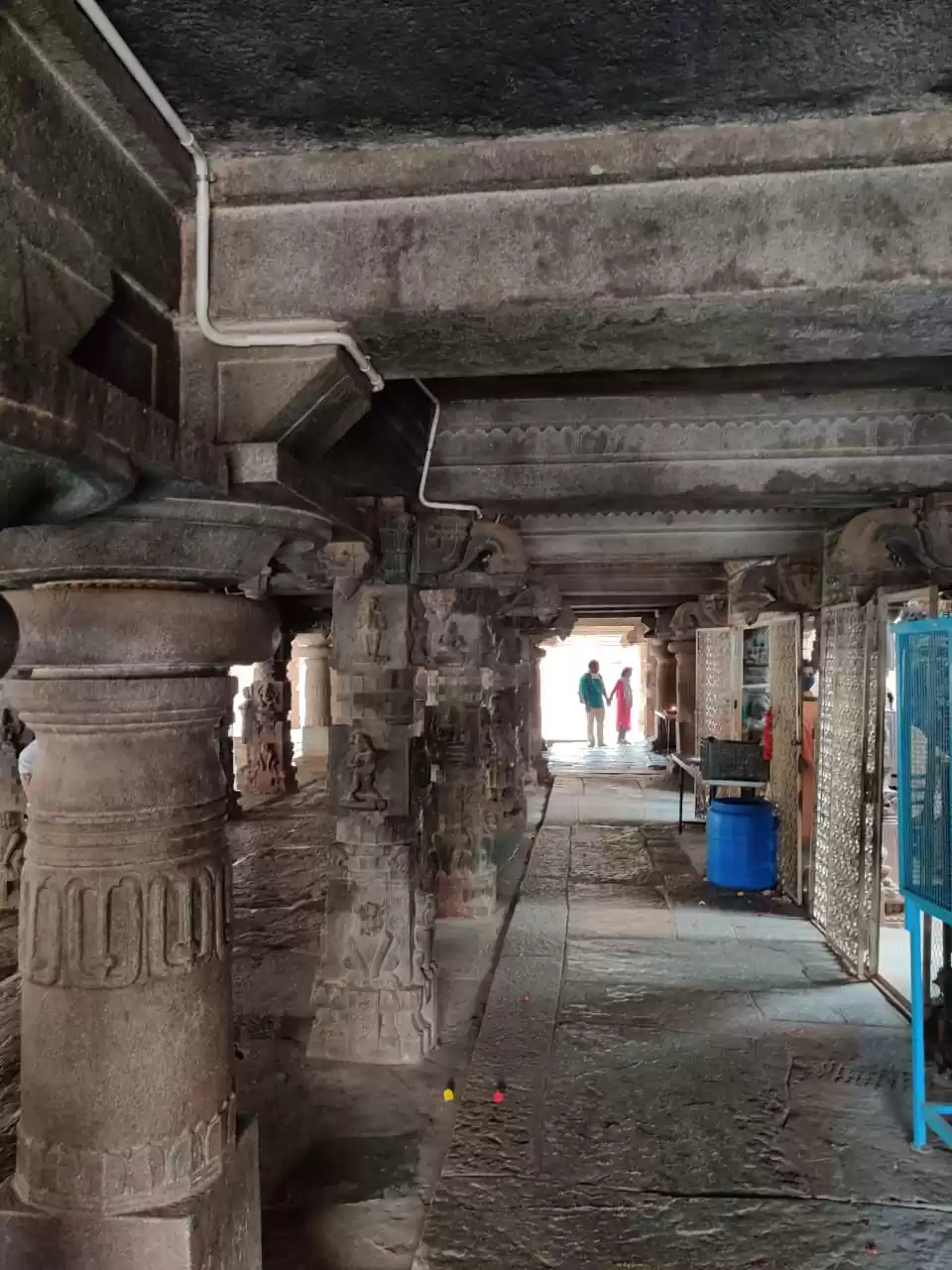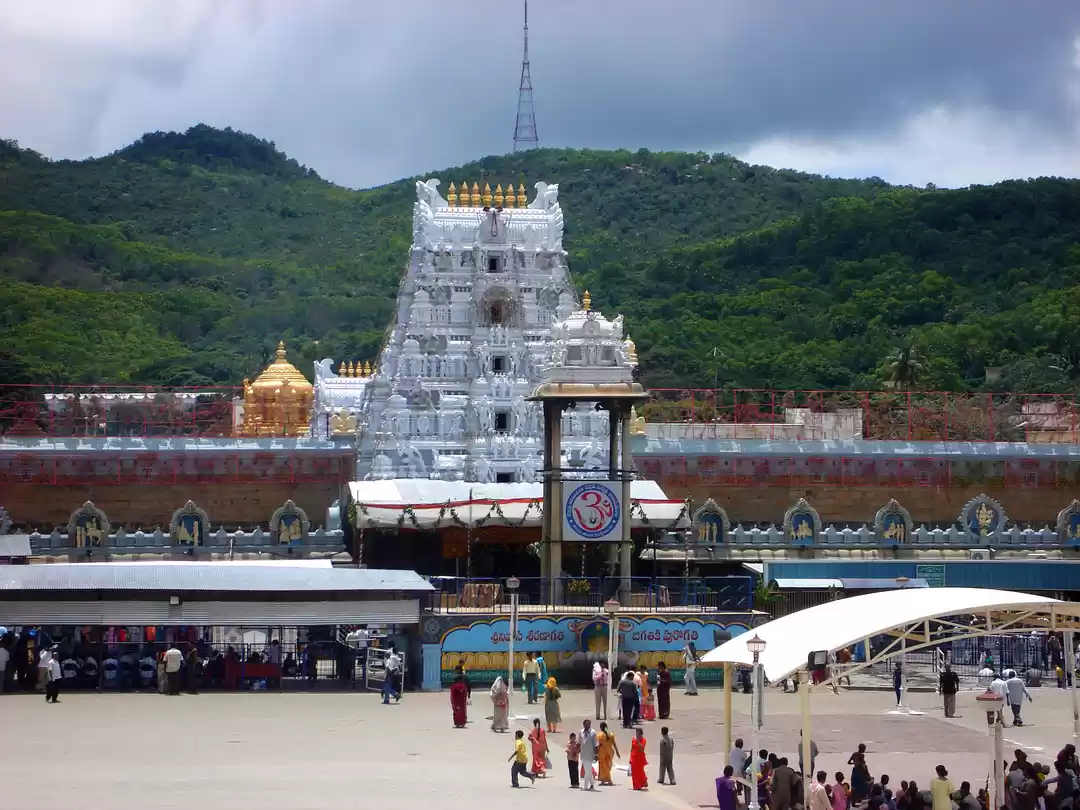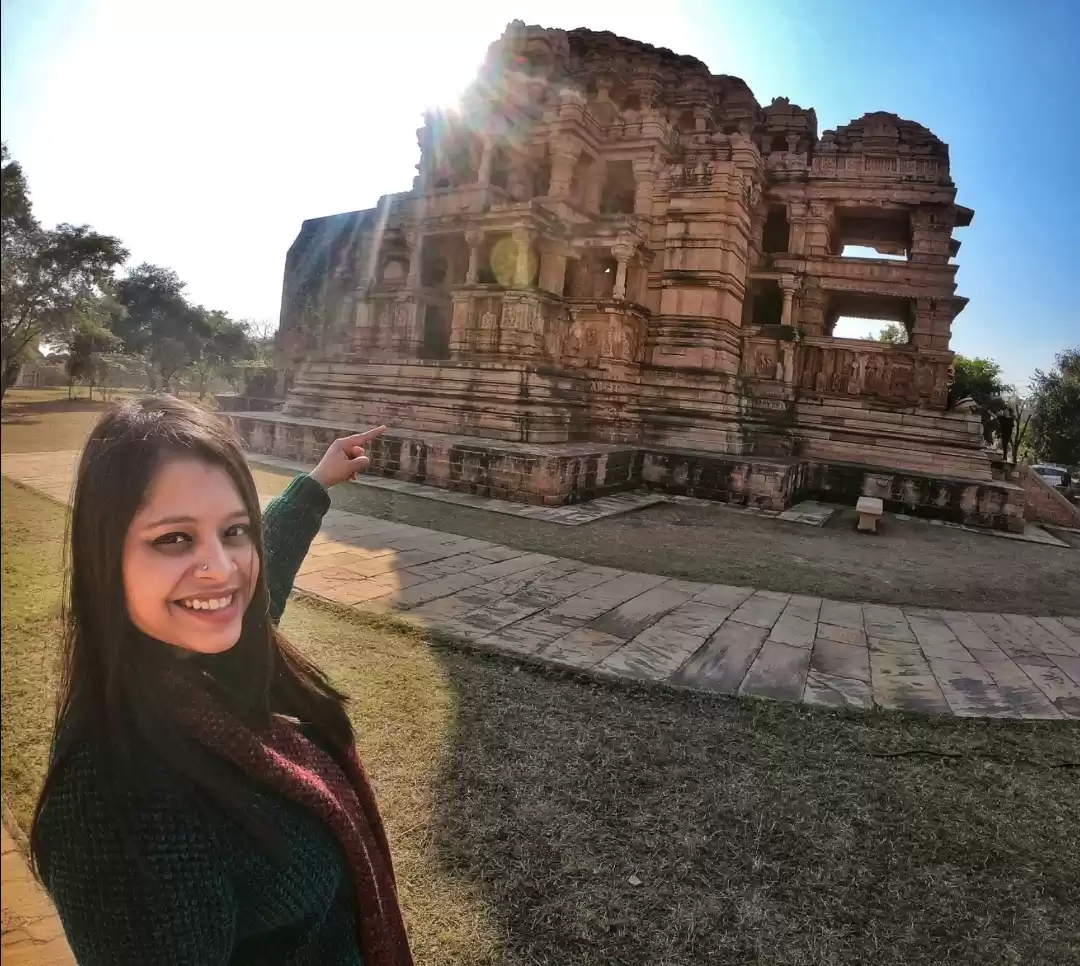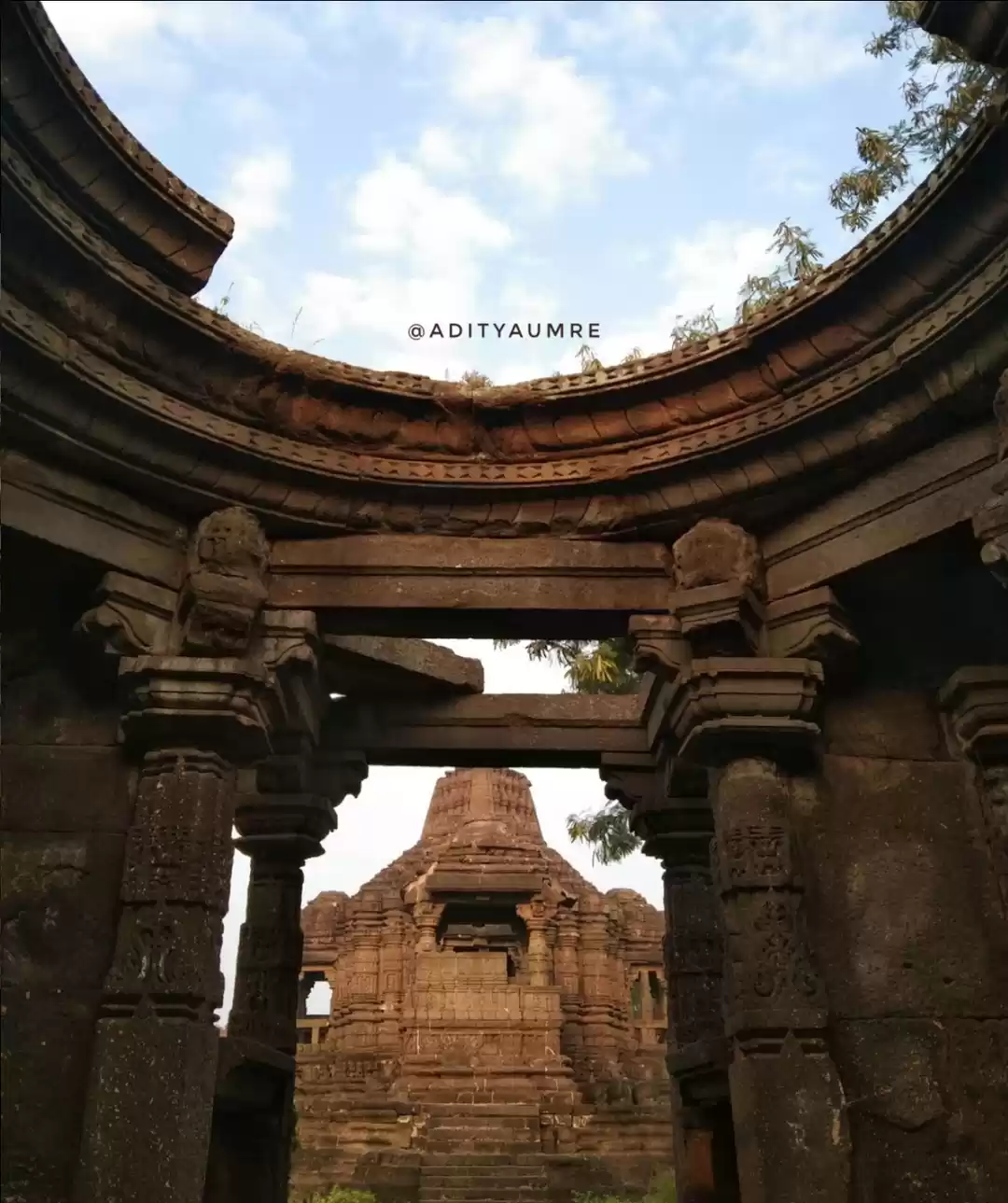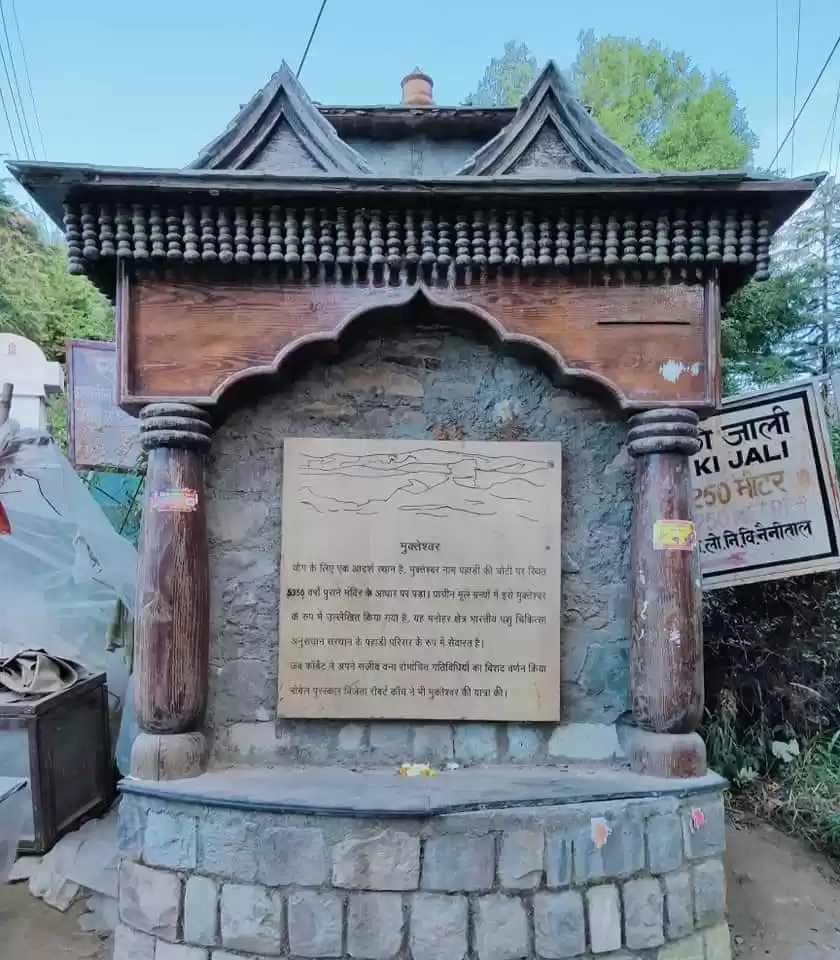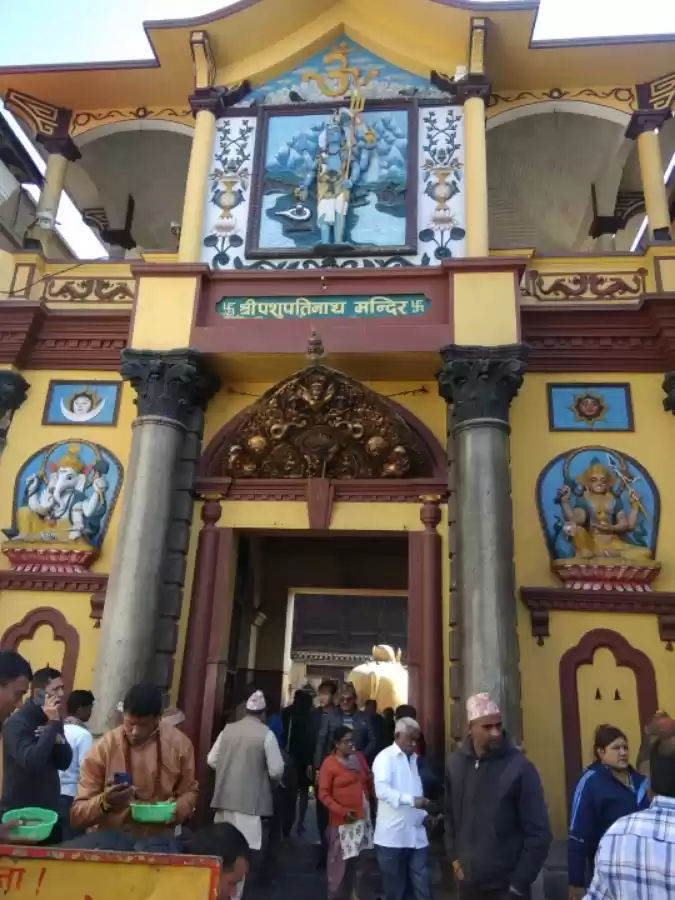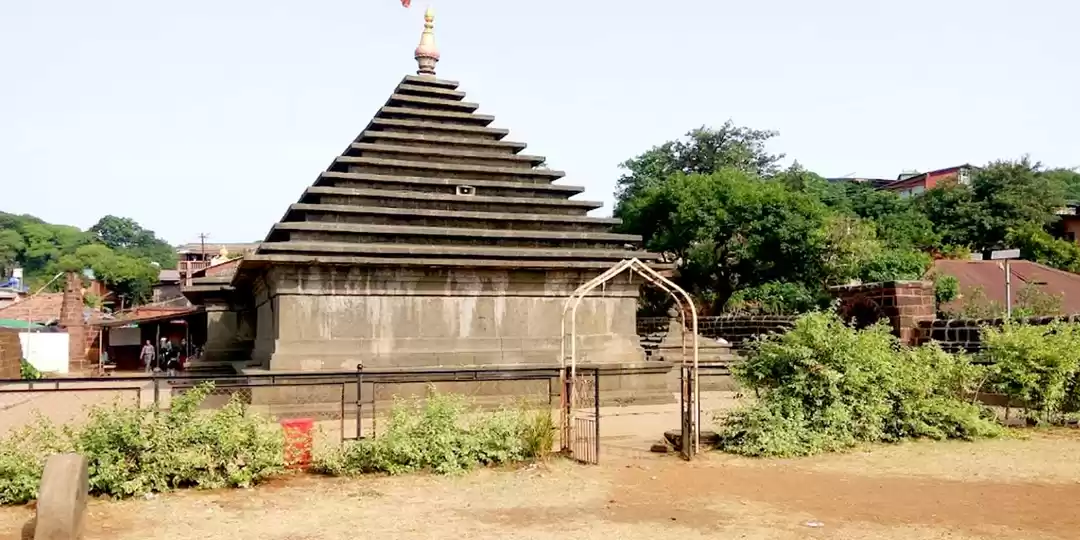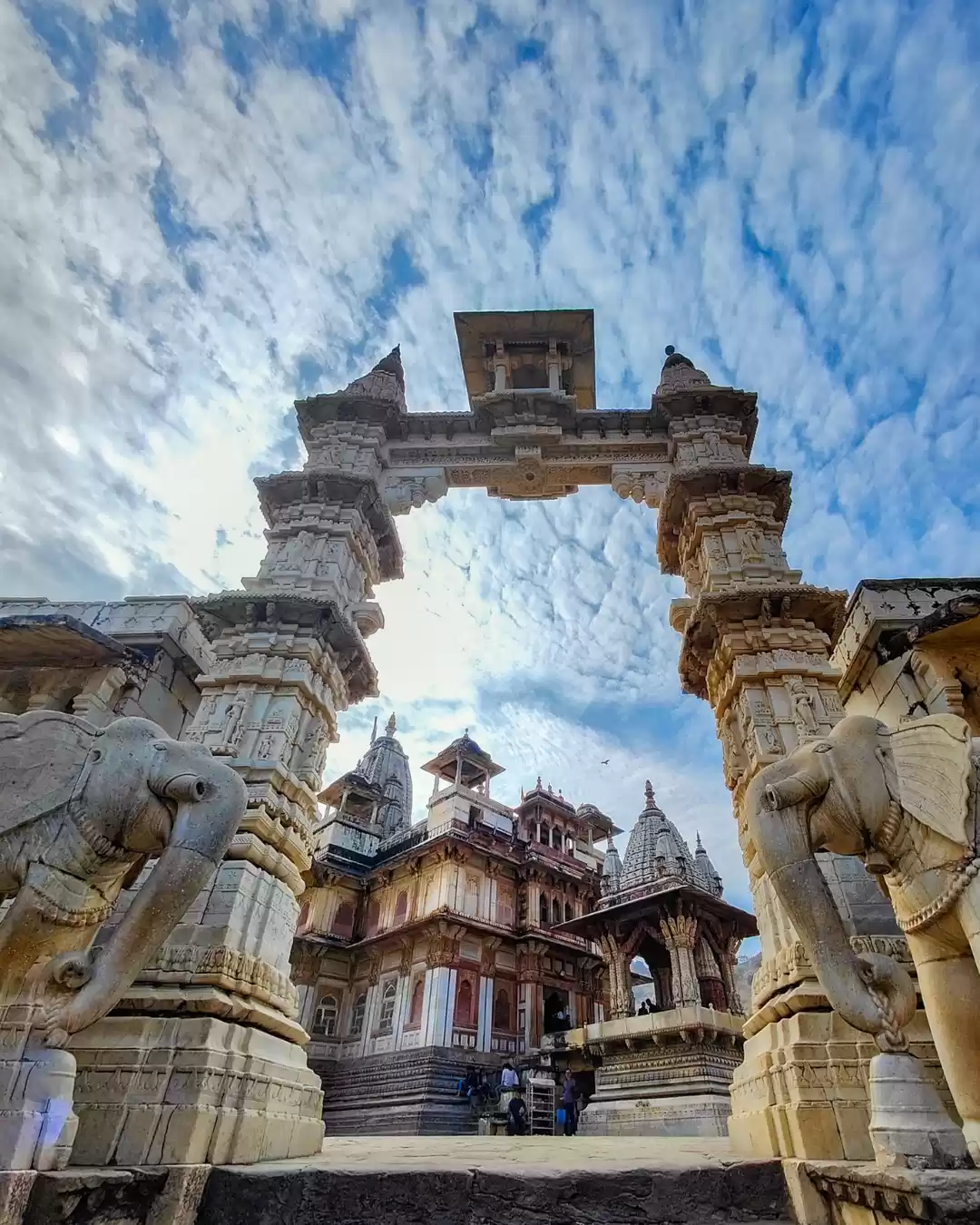Are you looking for a spiritual and cultural destination in Odisha? Do you want to visit one of the four major Shakti Peethas in India? Do you want to experience the power and beauty of the goddesses Tara and Tarini? If yes, then you should definitely visit the Taratarini Temple in Odisha.

The Taratarini Temple is a sacred and ancient temple located on a hilltop overlooking the Rushikulya river in Ganjam district of Odisha. It is one of the oldest and most revered temples of Adi Shakti, the supreme mother goddess. It is also a prominent tantric center, where many practitioners seek spiritual enlightenment and empowerment.
In this article, we will provide you with a comprehensive guide to the Taratarini Temple, covering its history, architecture, significance, festivals, how to reach, accommodation options, and nearby attractions. We will also share some tips and insights that will help you plan your trip better and enjoy your visit more. So, let’s get started!
History of the Temple
The history of the Taratarini Temple dates back to prehistoric times, when it was a place of worship for the tribal people of Odisha. According to legend, the temple was established by two sages named Bhrigu and Bharadwaja, who performed penance on the hilltop and invoked the goddesses Tara and Tarini. The goddesses appeared before them and granted them their wishes. They also asked them to install their images on the hilltop and worship them regularly.
The temple is also mentioned in various scriptures and epics, such as the Mahabharata, the Kalika Purana, the Brahmanda Purana, and the Devibhagavata Purana. It is said that the temple is one of the four major Shakti Peethas, where the breasts of Sati (the first consort of Lord Shiva) fell after her self-immolation. The other three Shakti Peethas are Kamakhya Temple in Assam, Bimala Temple in Puri, and Jwalamukhi Temple in Himachal Pradesh.
The temple has also been associated with various dynasties and rulers who patronized and renovated it over time. Some of them are Ashoka, Kharavela, Samudragupta, Harshavardhana, Ganga, Suryavanshi, Bhanja, and British. The temple has witnessed many historical events and changes, but has always remained a center of faith and devotion for millions of pilgrims.
Also Read: Ten Day Orissa Itinerary
Architecture of the Temple
The architecture of the Taratarini Temple reflects the Kalinga style of temple building, which is characterized by a curved roof, a square base, and intricate carvings. The temple complex consists of five temples dedicated to different deities. The main temple is dedicated to Tara and Tarini, who are represented by two stone idols covered with gold and silver. The other four temples are dedicated to Lord Shiva, Lord Ganesha, Lord Surya, and Lord Vishnu.
The main temple has a sanctum sanctorum (garbhagriha), an assembly hall (jagamohana), a vestibule (antarala), and a porch (mukhasala). The sanctum sanctorum houses the idols of Tara and Tarini, which are adorned with jewels and flowers. The assembly hall has four pillars that support the roof. The vestibule connects the sanctum sanctorum and the assembly hall. The porch has an entrance gate that leads to the temple courtyard.
The temple complex also has a pond (kunda), a kitchen (rosasala), a storehouse (bhogamandapa), a hall for offerings (balimandapa), and a hall for dance and music (natyamandapa). The temple walls are decorated with stone carvings and sculptures depicting various scenes from Hindu mythology and folklore.
You May Love: Subhangi's Odisha Odyssey
Significance of the Temple
The significance of the Taratarini Temple lies in its status as a breast shrine of Adi Shakti, the supreme mother goddess. The temple is believed to be a source of spiritual power and energy for those who worship here. The goddesses Tara and Tarini are considered to be manifestations of Adi Shakti, who is also known as Mahakali, Mahalakshmi, Mahasaraswati, Durga, Parvati, etc.
The temple is also a prominent tantric center, where many practitioners seek spiritual enlightenment and empowerment. Tantra is a branch of Hinduism that deals with esoteric practices involving mantras, yantras, rituals, meditation, etc. The temple is said to be a seat of Sri Vidya, which is a form of tantra that worships the goddess as the supreme reality. The temple is also associated with Dashamahavidya, which are the ten aspects of the goddess, such as Kali, Tara, Tripura Sundari, Bhuvaneshwari, etc.
The temple is also a place of fulfillment and blessings for those who visit here. The goddesses are known to grant the wishes and desires of their devotees, especially those related to fertility, prosperity, health, and happiness. Many people come here to offer their prayers and vows (manasika) to the goddesses and receive their grace and protection.
Festivals and Rituals at the Temple
The Taratarini Temple celebrates many festivals and rituals throughout the year, but the most important and famous one is the Chaitra Yatra. It is a month-long festival that takes place in the month of Chaitra (March-April) according to the Hindu calendar. It is also known as Danda Yatra or Danda Nata, which means the festival of sticks or the dance of sticks.
The festival involves thousands of devotees who carry wooden sticks (dandas) on their shoulders and walk barefoot from their villages to the temple. They wear saffron clothes and paint their faces with vermilion. They also sing and dance along the way, expressing their devotion and joy. They reach the temple on the full moon day (purnima) of Chaitra and offer their sticks to the goddesses. They also perform various rituals and ceremonies at the temple, such as bathing in the pond, circumambulating the hill, offering flowers and fruits, etc.
The festival is a symbol of self-sacrifice, penance, and faith for the devotees. It is also a way of expressing gratitude and seeking blessings from the goddesses. The festival attracts lakhs of pilgrims from different parts of Odisha and India every year.
Another important festival celebrated at the temple is Navratri, which is a nine-day festival that takes place in the month of Ashwina (September-October) according to the Hindu calendar. It is also known as Durga Puja or Sharadiya Durga Puja, which means the autumnal worship of Durga. It is a festival that celebrates the victory of good over evil and the power of the goddess.
The festival involves worshipping the goddess in her nine forms, such as Shailaputri, Brahmacharini, Chandraghanta, Kushmanda, Skandamata, Katyayani, Kalaratri, Mahagauri, and Siddhidatri. Each day has a different color and significance associated with it. The devotees offer prayers, songs, dances, food, etc. to the goddess. They also observe fasts, perform rituals, and participate in cultural programs. The festival culminates on the tenth day (dashami), when the idols of the goddess are immersed in water.
The festival is a symbol of joy, festivity, and devotion for the devotees. It is also a way of celebrating the feminine aspect of divinity and honoring the motherhood of the goddess. The festival attracts thousands of pilgrims from different parts of Odisha and India every year.
How to Reach the Temple
The Taratarini Temple is easily accessible by road, rail, or air from different parts of Odisha and India. Here are some details on how to reach the temple:
By Road: The temple is located about 32 km from Berhampur city, which is well connected by road to other major cities in Odisha and India. There are regular buses and taxis available from Berhampur to Taratarini Temple. The temple is also connected by road to other nearby towns such as Aska, Chatrapur, Hinjili, etc.
By Rail: The nearest railway station to Taratarini Temple is Berhampur Railway Station, which is about 35 km away. It is a major railway station that connects to other railway stations in Odisha and India. There are frequent trains available from Berhampur to other destinations such as Bhubaneswar, Puri, Cuttack, Sambalpur, Rourkela, etc.
By Air: The nearest airport to Taratarini Temple is Biju Patnaik International Airport in Bhubaneswar, which is about 180 km away. It is an international airport that connects to other airports in India and abroad. There are regular flights available from Bhubaneswar to other cities such as Delhi, Mumbai, Kolkata, Chennai, Hyderabad, Bangalore, etc.
One of the most convenient and popular ways to reach Taratarini Temple from Berhampur or Bhubaneswar is by using the cable car service that operates from 7 am to 5 pm every day. The cable car service provides easy access to the temple from the foothill. The cable car service offers a scenic and thrilling ride that gives a panoramic view of the temple and its surroundings. The cable car service charges Rs. 60 per person for a round trip.

Accommodation Options near the Temple
The Taratarini Temple provides accommodation options for the pilgrims who want to stay near the temple. There are several hotels, guest houses, lodges, etc. that offer comfortable and affordable rooms for the visitors. Some of them are:
Taratarini Guest House: This is a guest house run by the temple administration that provides basic facilities and amenities for the pilgrims. It has 20 rooms with attached bathrooms, TV, fan, etc. It charges Rs. 300 per room per night.
Taratarini Lodge: This is a lodge that offers decent and clean rooms for the visitors. It has 15 rooms with attached bathrooms, TV, fan, etc. It charges Rs. 400 per room per night.
Taratarini Hotel: This is a hotel that offers spacious and well-furnished rooms for the visitors. It has 25 rooms with attached bathrooms, AC, TV, geyser, etc. It also has a restaurant that serves delicious food. It charges Rs. 800 per room per night.
These are some of the accommodation options near the Taratarini Temple that you can choose from according to your budget and preference. You can also book your rooms online or by phone in advance to avoid any inconvenience.
Nearby Attractions around the Temple
The Taratarini Temple is not only a spiritual and cultural destination, but also a gateway to explore some of the nearby attractions that are worth visiting. Some of them are:
Gopalpur Beach: This is a beautiful and serene beach that is located about 45 km from Taratarini Temple. It is a popular tourist spot that offers a relaxing and refreshing experience for the visitors. You can enjoy the golden sand, blue water, cool breeze, and scenic views of the beach. You can also indulge in some water sports and activities such as boating, surfing, sailing, etc.
Potagarh Fort: This is an ancient and historical fort that is located about 25 km from Taratarini Temple. It was built by the British in the 18th century as a maritime trade center and a military base. It is also known as Mini Harappa because of its resemblance to the Indus Valley Civilization. You can see the ruins of the fort, its walls, gates, cannons, etc. You can also learn about its history and significance from the guides and plaques.
Bankeshwari Temple: This is another sacred and ancient temple that is located about 15 km from Taratarini Temple. It is dedicated to Goddess Bankeshwari, who is believed to be an incarnation of Goddess Durga. The temple is situated on a hilltop surrounded by lush greenery and natural beauty. You can see the idol of Bankeshwari, which is made of black stone and decorated with jewels and flowers. You can also witness the daily rituals and ceremonies performed at the temple.
These are some of the nearby attractions around Taratarini Temple that you can visit and enjoy during your trip. They will add more value and variety to your travel experience.
Conclusion
The Taratarini Temple is a must-visit destination for anyone who wants to experience the spiritual and cultural richness of Odisha. It is a place where you can connect with the divine mother goddesses Tara and Tarini, who will bless you with their grace and protection. It is also a place where you can explore the history, architecture, significance, festivals, etc. of the temple. It is also a place where you can discover some of the nearby attractions that will make your trip more memorable and enjoyable.
So, what are you waiting for? Plan your trip to Taratarini Temple today and get ready to have an amazing time!
Thank you for reading and happy traveling!

